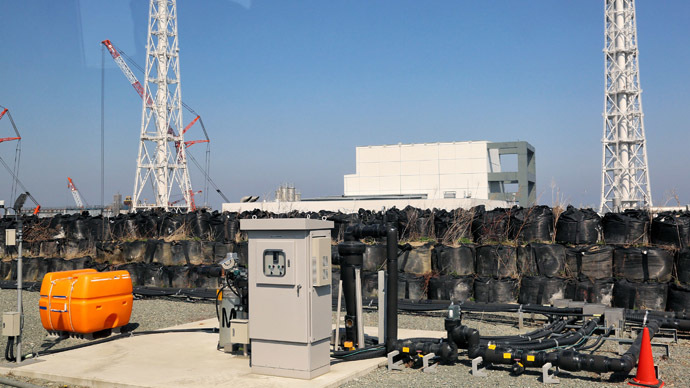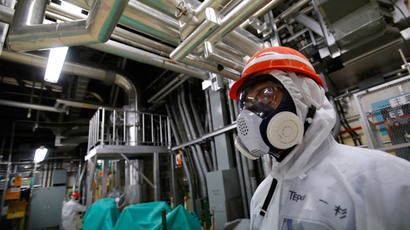Out of control: Fukushima manager admits to ‘embarrassing failure’

The manager of the stricken Fukushima nuclear power plant has admitted not having full control of the facility. Contrary to the statements of the Japanese PM, TEPCO’s Akira Ono said attempts to plug the leaks of radioactive water had failed.
"It's embarrassing to admit, but there are certain parts of the site where we don't have full control," Ono told reporters touring the plant this week, reported Reuters. Last year, the Japanese PM attempted to assure the world that the situation at the stricken nuclear power plant was under control.
However, over the last couple of months the clean-up procedure at
the plant has been fraught with difficulties.
Tokyo Electric Power Co (TEPCO), the plant’s operator, has
consistently faced contaminated water leaks at the Fukushima
plant.
Water has to be pumped over the facilities stricken reactors in
order to keep them from overheating, but this process creates
large quantities of contaminated water which has to be stored in
tanks on the site.
Ono acknowledged to press that in TEPCO’s rush to deal with the
stricken facility following the earthquake-triggered tsunami in
2011, the company may have made mistakes.
“It may sound odd, but this is the bill we have to pay for
what we have done in the past three years,” he said.
“But we were pressed to build tanks in a rush and may have
not paid enough attention to quality. We need to improve quality
from here.”
TEPCO will have to improve the quality of the tanks so the plant
can survive the next 30-40 years of the decommissioning process,
Ono went on to say.
The plant’s manager said that the number one aim was to keep the
radioactive water from getting into the ocean.
“The ultimate purpose is to prevent contaminated water from
going out to the ocean, and in this regard, I believe it is under
control,” Ono said. But a series of leaks have obliged
officials to “find better ways to handle the water
problem.”
In the latest blunder at the plant, TEPCO mistakenly flooded the
Fukushima facility’s basements with radioactive cooling-tank
water. Earlier this week the Japanese newspaper the Asahi Shimbun
reported that around 200 tons of water had found its way into
waste disposal facilities under the power plant. TEPCO said they
were working to fix the leakage as soon as possible.
Cleaning up Fukushima is becoming an increasing headache for the
Japanese authorities. Experts predict that fully decommissioning
the stricken plant is a process that could take decades, costing
the country billions of dollars.
Following the multiple meltdown of the Fukushima plant in 2011
that was triggered by a tsunami, the Japanese government pledged
to abandon nuclear power by 2010. However, in spite of public
outrage, the government was forced to reactivate its nuclear
power plants because of massive energy shortfalls.














